How is time series data handled in econometrics vs. general data analytics?
- Home
- Q & A Forum
- How is time series data handled in econometrics vs. general data analytics?
general data analytics
Recommended Reads
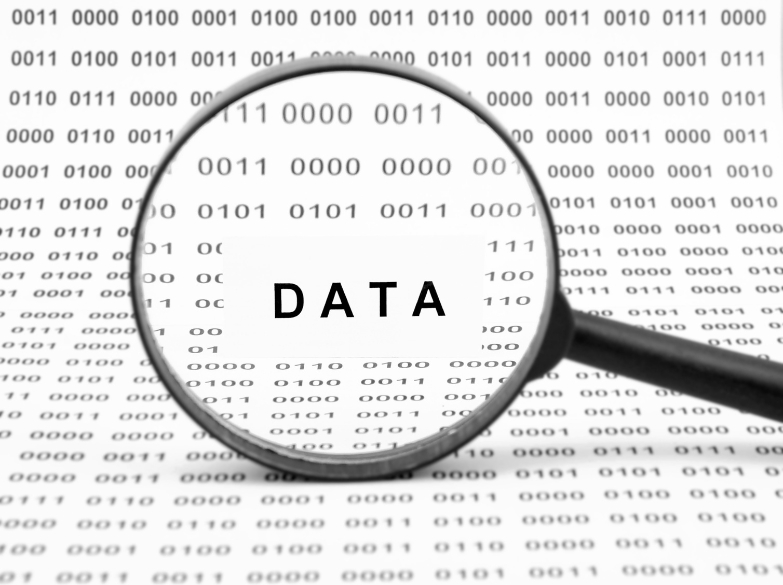
Data Collection
As the data collection methods have extreme influence over the validity of the research outcomes, it is considered as the crucial aspect of the studies
How is time series data handled in econometrics vs. general data analytics?
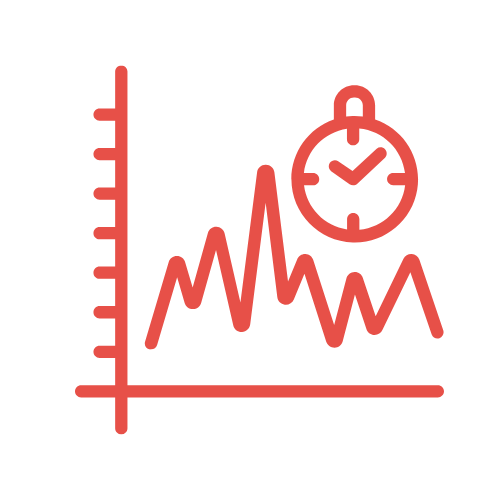
1. Introduction
1. Introduction
Time series data, the observational data collected over time, is important for a wide variety of disciplines and applications ranging from finance, economics, and marketing to climate sciences. Still, the treatment of time series data varies greatly between econometricians and data analysts simply based on the objectives and methodologies of each sphere. In this paper, I compare and contrast the two disciplines as they relate to modelling methods and methodologies.
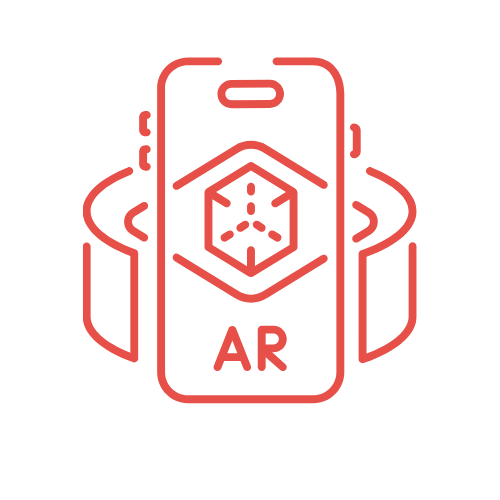
2. Time Series in Econometrics
2.1. Key Models Used
- AR (Auto Regressive) Models: Models that forecast the current value of a series using past values.
- MA (Moving Average) Models: Models that are based upon past forecast errors in a regression-like approach.
- ARIMA: Models that combine AR and MA techniques (in combination with differencing) for handling data that is non-stationary. These models are by far the most popular for macroeconomic forecasting.
- VAR: Used for multivariate time series data, where the series in the analysis influence one another through time.
2.2. Emphasis on Data Properties
Econometrics is preoccupied with:
- Stationarity: A demand for most of the econometric models, meaning the statistical properties of the series don’t change over time.
- Cointegration: To be able to model the long-run relationship between non-stationary variables.
- Structural Breaks: Points in which the data-generating process changes, normally due to policy changes or external shocks(e.g., 2008 financial crisis).
- Endogeneity and Exogeneity: These are always taken into consideration when specifying models to avoid biased estimates.
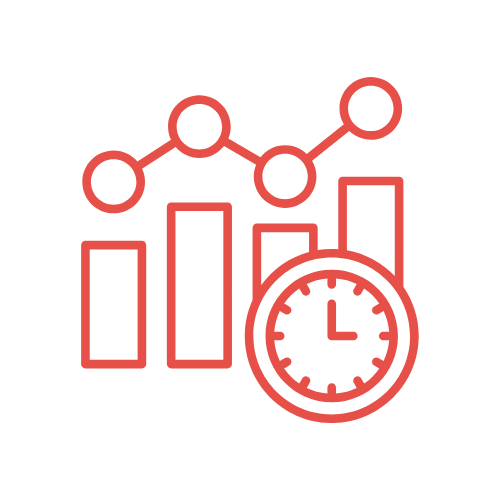
3. Time Series in General Data Analytics
3.1. Common Techniques
In contrast, general data analytics typically has a looser, and many times computational, approach, with common models being:
- Exponential Smoothing (Holt-Winters): Useful to tackle both seasonality and trend components of time series, and especially useful to business forecasting.
- Facebook Prophet: An open-source forecasting tool, developed by Facebook for business, it can handle missing data and deal with changepoints in the trend, and has built-in detection of seasonality.
- LSTM (Long Short-Term Memory) Neural Networks: Deep learning models, very effective to learn long-term dependencies on complex time series data, are usually used to forecast stock market data and sensor data.
3.2. Model Objectives
The purpose of general analytics is usually predictive accuracy, not interpretability or alignment with theoretical constructs. This opens the door to examination as:
- Non-linear models
- High-dimensional feature engineering
- Model ensembles and automated pipelines
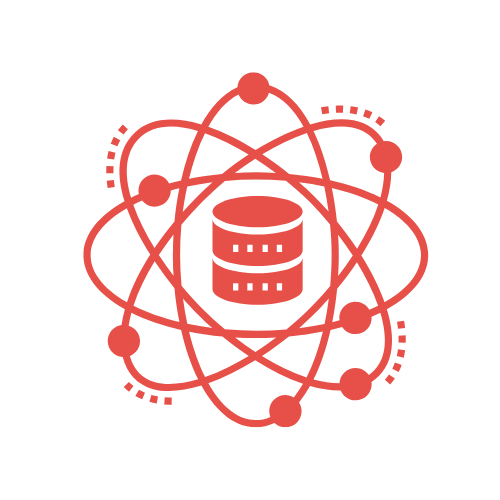
4. Comparative Analysis
| Feature | Econometrics | General Data Analytics |
| Objective | Inference, causality, and economic theory | Prediction, scalability, and adaptability |
| Model Types | AR, MA, ARIMA, VAR | Prophet, LSTM, Exponential Smoothing |
| Data Assumptions | Stationarity, cointegration | Assumes fewer theoretical constraints |
| Structural Awareness | Accounts for regime shifts | May overlook structural breaks |
| Interpretability | High, with the theoretical basis | Often black-box or heuristic-based |
| Typical Use Cases | Inflation, GDP, interest rates | Sales forecasting, web traffic, and IoT |
Talk to our Core Econometric Techniques Experts Today
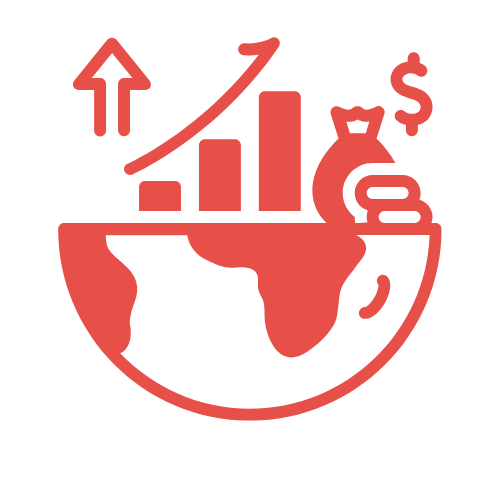
5. Real-world Example
Case Study: Predicting GDP Growth
- Econometrics Method: An economist would use a VAR model with interest rates and inflation to explore interdependencies, and forecast GDP growth while checking for cointegration in variables and structural breaks during recession periods.
- Analytics method: A data scientist could use either Facebook Prophet or LSTM on just historical GDP data to forecast GDP growth. Their focal point would be forecasting error reduction, and potentially adding dummy variables for policy changes while avoiding the structural diagnostics limitations.
The economist’s approach is both explanatory and diagnostic, while the data analyst’s approach is predictive and nimble.
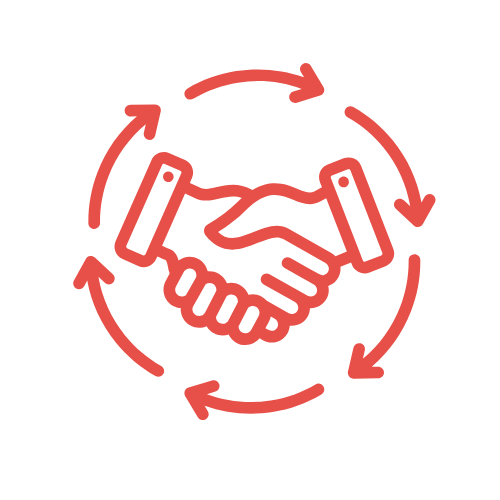
6. Conclusion
Although econometrics and general data analytics both handle time series data, their philosophies and methodologies are different. Econometrics is built upon a theory-driven, statistically rigorous analysis, which requires significant attention to both the properties of the data and the assumptions of the model. General data analytics emphasizes scalable, computational models with a main focus on forecast accuracy and real-time use. Both are useful and can work together to make the best use of both approaches.

7. References
- Box, G.E.P., Jenkins, G.M., Reinsel, G.C. (2015). Time Series Analysis: Forecasting and Control. Wiley.
- Hamilton, J.D. (1994). Time Series Analysis. Princeton University Press.
- Hyndman, R.J., & Athanasopoulos, G. (2018). Forecasting: Principles and Practice. OTexts.
- Taylor, S.J., & Letham, B. (2018). “Forecasting at scale.” The American Statistician, 72(1), 37-45.
